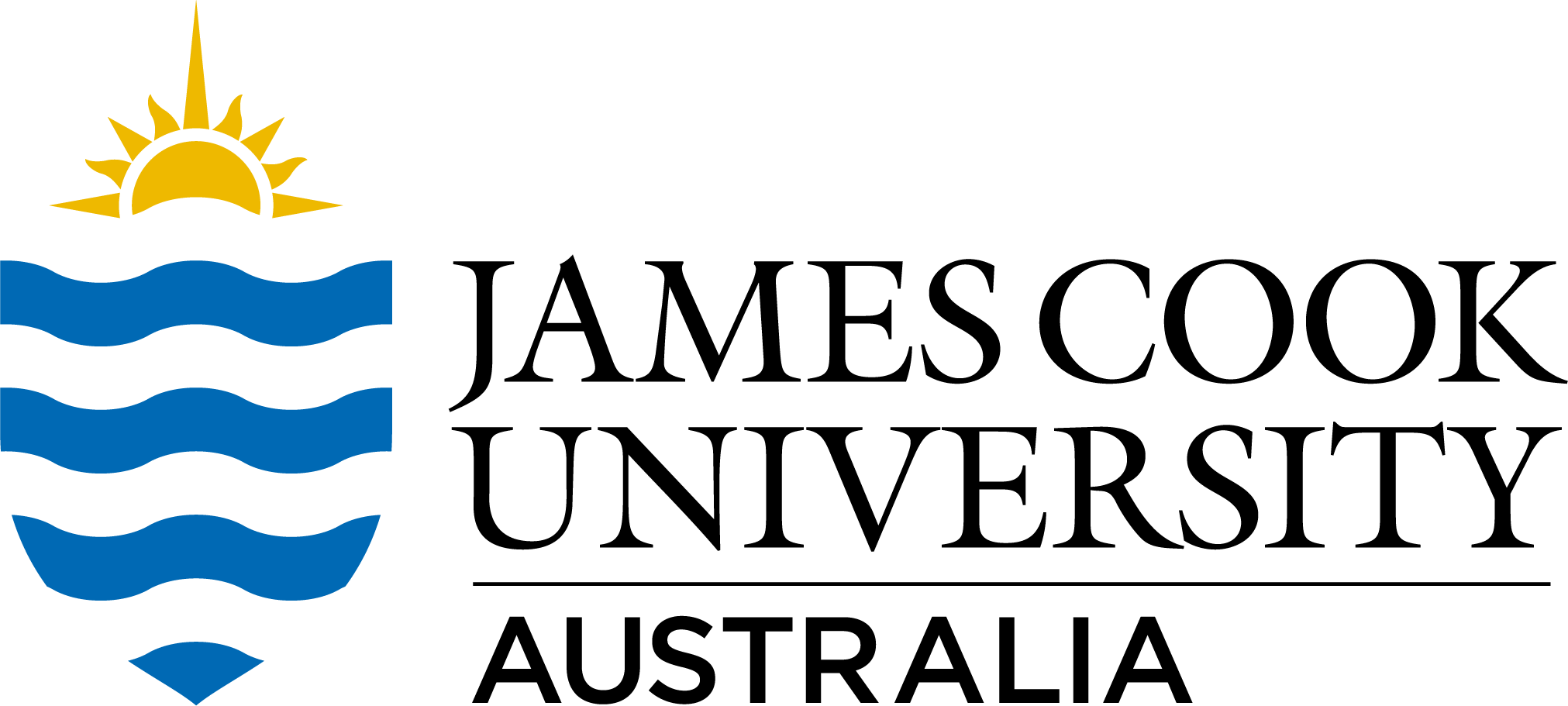Full description
Background: Comprehending Macrocystis pyrifera connectivity in the Southeast Pacific region assumes a pivotal role in its management. A comprehensive understanding of this fundamental aspect of population dynamics is imperative for the identification and safeguarding of key areas fostering connectivity. Despite its importance in conservation efforts, the connectivity patterns of giant kelp in the Southeast Pacific remain inadequately understood.
Objective: This study aims to evaluate the connectivity of M. pyrifera in the Southeast Pacific, with a specific focus on the influence of environmental variables and their implications for management.
Results: Employing network analysis, we discovered that the southern population (36 to 43°S) serves as a crucial source-sink area, playing a fundamental role in connectivity, propagule dissemination, local retention and non-local retention. We recommend designating this area as a no-take zone to preserve its critical role. Additionally, our study identifies seasonal and El Niño Southern Oscillation (ENSO) variability in the central population (35 to 28°S). We suggest management measures that can adapt to both inter and intra-annual variability, thereby addressing the dynamic nature of environmental conditions. Finally, through the delineation of management units based on population connectivity, we identify key source areas within each unit that warrant protection. These findings are essential for informing kelp conservation strategies, underscoring the need to consider regional and temporal environmental factors through an adaptive management approach.
Data sources acknowledgment: Thompson-Saud et al 2024
This dataset consist of: One .zip file containing:
- 14 CSV files containing the output of changes in network measures across different seasons and ENSO conditions
- 2 R files providing statistical analyses for the network measures
Software/equipment used to manipulate/analyse the data: ArcGIS and R to process the network outputs and to run the statistical models
Created: 2025-04-14
text: Chile
text: Peru
User Contributed Tags
Login to tag this record with meaningful keywords to make it easier to discover
- DOI : 10.25903/HYBJ-4D19

- Local : researchdata.jcu.edu.au//published/3d7425c00c2511ef9cdb556d1c39e52c


